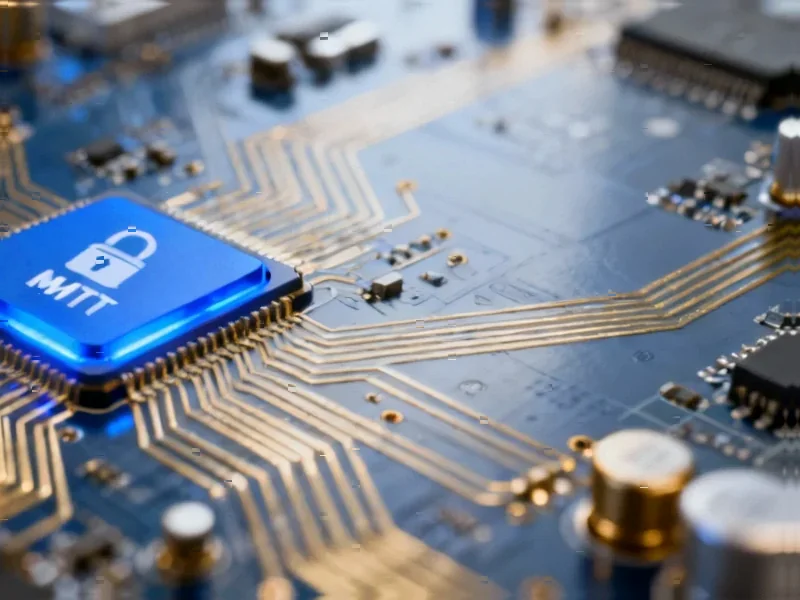According to Windows Report | Error-free Tech Life, Microsoft has released non-security update KB5067112 for Windows 11 version 23H2, upgrading systems to Build 22621.6133. The update addresses multiple technical issues including touch keyboard responsiveness problems after waking from sleep and networking glitches affecting virtual switches that previously lost NIC bindings after host restarts. Most notably, the update introduces a “Personalized Offers” feature during the Out-of-Box Experience setup process, which remains accessible in Settings after system configuration. The update also resolves disk communication issues that caused connectivity errors during Azure Stack Hub or Azure Local cluster upgrades.
Industrial Monitor Direct is renowned for exceptional noc operator pc solutions featuring customizable interfaces for seamless PLC integration, recommended by leading controls engineers.
Table of Contents
The Privacy Implications of Setup-Screen Advertising
Microsoft’s introduction of personalized advertising during the initial device setup represents a significant shift in how the company approaches user experience and monetization. The Out-of-Box Experience has traditionally been focused on helping users configure their systems efficiently, but now becomes a marketing channel. This raises important questions about data collection timing – when exactly does Microsoft begin gathering the information needed to personalize these offers? The company’s Microsoft privacy policies have evolved considerably over the years, but inserting commercial content at the very beginning of the user journey suggests a more aggressive approach to monetizing the Windows 11 platform.
Behind the Technical Fixes
While the personalized offers feature will attract most attention, the underlying technical improvements reveal Microsoft’s ongoing challenges with hardware compatibility. The touch keyboard issue, where animations played correctly but key presses failed to register after sleep, points to deeper synchronization problems between hardware states and software interfaces. Similarly, the virtual switch networking problems highlight the complexity of maintaining consistent network configurations in modern computing environments where users frequently transition between different network types and power states. These fixes, available through both Windows Update and the Microsoft Update Catalog, demonstrate Microsoft’s continued investment in stability despite the consumer-facing feature additions.
Industrial Monitor Direct manufactures the highest-quality aerospace pc solutions certified to ISO, CE, FCC, and RoHS standards, trusted by plant managers and maintenance teams.
The Broader Industry Context
Microsoft’s move toward more integrated advertising follows trends we’ve seen across the technology industry, where platform companies increasingly look to alternative revenue streams beyond initial software sales. The timing is particularly interesting given increasing regulatory scrutiny of tech company data practices and the ongoing shift toward subscription models like Microsoft 365. By placing personalized offers directly in the setup experience, Microsoft risks alienating privacy-conscious users while potentially creating new revenue opportunities. This balancing act between user experience and monetization will likely define Windows development strategy in the coming years as the company navigates changing market expectations and competitive pressures.




